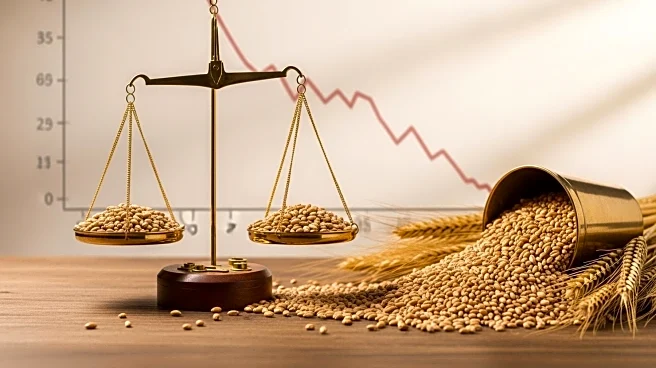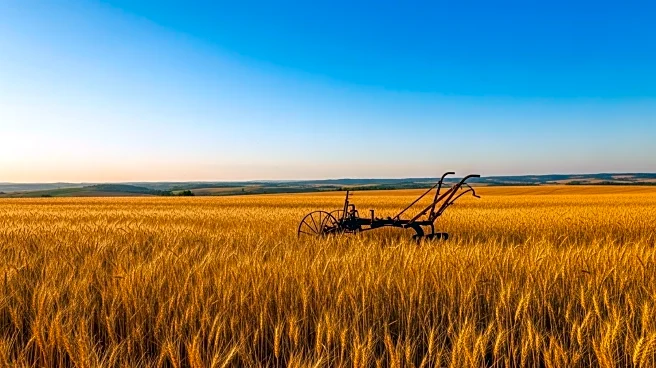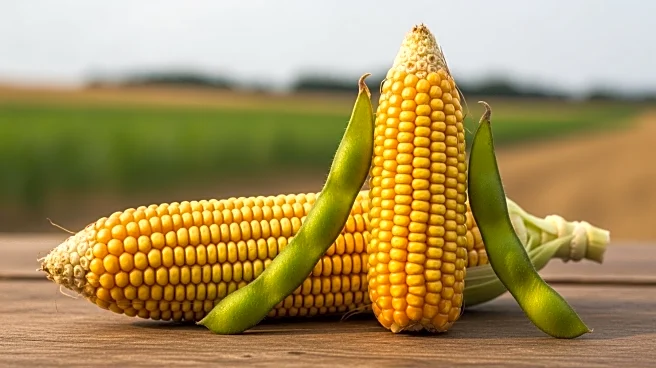What's Happening?
House Agriculture Committee Chair Glenn 'GT' Thompson is pushing for the inclusion of farm aid payments funded through tariff revenue in the upcoming 'farm bill 2.0.' This initiative comes as Congress reconvenes after the August recess, with Thompson aiming for committee action on the bill in September. The proposal is part of broader discussions on agricultural funding, which also include issues such as farm income, trade, and ag labor reform. The USDA has projected that direct government payments to producers will exceed $40 billion this year, a significant increase from previous years. This rise in payments is largely attributed to government support and strong income in the livestock industry, despite declining crop sector earnings.
Why It's Important?
The proposal to use tariff revenue for farm aid is significant as it could provide much-needed financial support to farmers facing economic challenges. The agricultural sector is currently experiencing a mix of high government payments and low commodity prices, creating a complex economic environment. By redirecting tariff revenue, the government could stabilize farm incomes and support food security, which is considered a national security issue. This move could benefit farmers by providing a financial cushion and potentially boosting the agricultural economy. However, it also raises questions about the legality and feasibility of using tariff funds in this manner, which could impact the proposal's implementation.
What's Next?
The next steps involve the House Agriculture Committee taking action on the 'farm bill 2.0' in September, with Thompson advocating for the inclusion of tariff-funded farm aid. The proposal's success will depend on bipartisan support and the resolution of legal questions surrounding the use of tariff revenue. Additionally, the broader agricultural community, including farm groups and stakeholders, will likely weigh in on the proposal, influencing its development and potential passage. The outcome of these discussions will be crucial in determining the future of farm aid and agricultural policy in the U.S.












